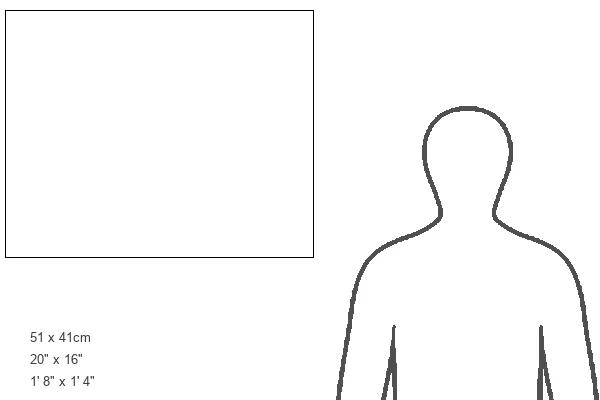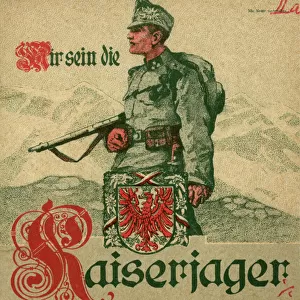Metal Print > Africa > Tanzania > Related Images
Metal Print : Australopithecus boisei (OH5) & Homo habilis (OH24) crania
![]()

Metal Prints from Mary Evans Picture Library
Australopithecus boisei (OH5) & Homo habilis (OH24) crania
Two cranium casts of: (left) Australopithecus boisei known as OH5 and (right) homo habilis known as OH24. Both original specimens were discovered within Bed 1 at Olduvai Gorge, Tanzania
Mary Evans Picture Library makes available wonderful images created for people to enjoy over the centuries
Media ID 8586377
© Mary Evans Picture Library 2015 - https://copyrighthub.org/s0/hub1/creation/maryevans/MaryEvansPictureID/10713882
Anthropological Anthropology Australopithecine Australopithecus Bone Cast Crania Cranium Epitheria Eutheria Fossil Fossilised Gorge Great Ape Haplorhini Hominid Hominidae Hominini Hominoid Hominoidea Homo Homo Habilis Leakey Australopithecus Boisei
16"x20" (51x41cm) Metal Print
Discover the fascinating history of human evolution with our Media Storehouse Metal Prints featuring the cranium casts of Australopithecus boisei (OH5) and Homo habilis (OH24). These intricately detailed replicas, sourced from Mary Evans Prints Online, offer a rare glimpse into the ancient world. The Australopithecus boisei, also known as "Nutcracker Man," and Homo habilis, or "Handy Man," were both discovered within Bed 1 at Olduvai Gorge, Tanzania. Display these captivating prints in your home or office as a conversation starter and a reminder of our rich human heritage.
Made with durable metal and luxurious printing techniques, our metal photo prints go beyond traditional canvases, adding a cool, modern touch to your space. Wall mount on back. Eco-friendly 100% post-consumer recycled ChromaLuxe aluminum surface. The thickness of the print is 0.045". Featuring a Scratch-resistant surface and Rounded corners. Backing hangers are attached to the back of the print and float the print 1/2-inch off the wall when hung, the choice of hanger may vary depending on size and International orders will come with Float Mount hangers only. Finished with a brilliant white high gloss surface for unsurpassed detail and vibrance. Printed using Dye-Sublimation and for best care we recommend a non-ammonia glass cleaner, water, or isopropyl (rubbing) alcohol to prevent harming the print surface. We recommend using a clean, lint-free cloth to wipe off the print. The ultra-hard surface is scratch-resistant, waterproof and weatherproof. Avoid direct sunlight exposure.
Made with durable metal and luxurious printing techniques, metal prints bring images to life and add a modern touch to any space
Estimated Image Size (if not cropped) is 50.8cm x 40.6cm (20" x 16")
Estimated Product Size is 51.4cm x 41.2cm (20.2" x 16.2")
These are individually made so all sizes are approximate
Artwork printed orientated as per the preview above, with landscape (horizontal) orientation to match the source image.
FEATURES IN THESE COLLECTIONS
> Africa
> Tanzania
> Related Images
> Animals
> Mammals
> Hominidae
> Related Images
EDITORS COMMENTS
In this photograph, two cranium casts of significant ancient hominids, Australopithecus boisei (OH5) and Homo habilis (OH24), are showcased side by side. These fossilized crania were discovered within Bed 1 at Olduvai Gorge, Tanzania, a site renowned for its rich archaeological and paleontological findings. Australopithecus boisei, depicted on the left, is an Australopithecine, a type of early hominid that lived between 2.3 and 1.4 million years ago. With a more robust and larger cranial capacity than its Australopithecus counterparts, A. boisei is often referred to as "Zinjanthropus" or "Nutcracker Man" due to its strong jaw and large molars, which were well-suited for crushing nuts and seeds. On the right, Homo habilis, or "Handy Man," is the earliest known species in the Homo genus. Dating back to approximately 2.8 million years ago, H. habilis is recognized for its more human-like features, including a smaller braincase, a less projecting face, and a more prominent brow ridge. This early hominid is believed to have been the first to use tools, as evidenced by the discovery of stone tools found in association with its remains. The discovery of these two crania at Olduvai Gorge, made by renowned paleoanthropologists Louis and Mary Leakey, has provided invaluable insights into the evolutionary history of humans and our closest relatives, the great apes. These fossils, as part of the Eutheria, Haplorhini, Hominidae, Hominoid, Hominoidea, Australopithecus, and Hominini lineages, continue to captivate scientists and the public alike, offering a glimpse into our ancient past.
MADE IN THE USA
Safe Shipping with 30 Day Money Back Guarantee
FREE PERSONALISATION*
We are proud to offer a range of customisation features including Personalised Captions, Color Filters and Picture Zoom Tools
SECURE PAYMENTS
We happily accept a wide range of payment options so you can pay for the things you need in the way that is most convenient for you
* Options may vary by product and licensing agreement. Zoomed Pictures can be adjusted in the Cart.







